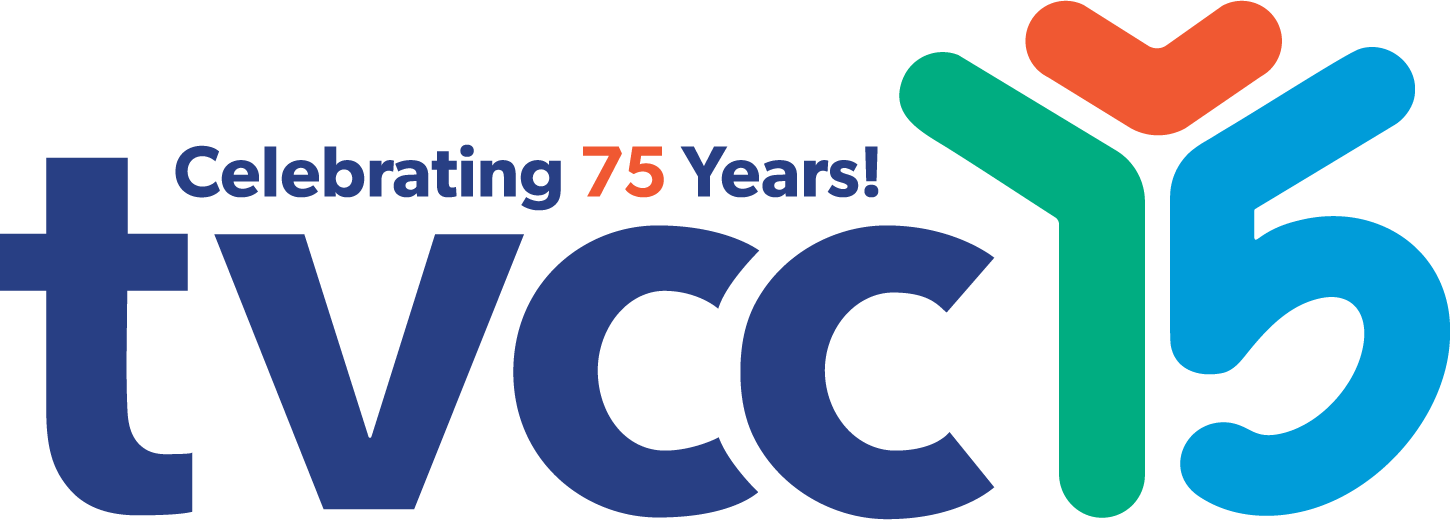What is joint attention?
Joint attention is when two people share acknowledgement of an object or event. For example, a child shares an interest with another person about something that they find interesting or exciting.
Joint attention might look like this:
- A child looking at an interesting object, and then looking at a nearby person to see if that person sees the object
- A person pointing to an item, or showing an item to another person
- Someone using words to make someone else look at the same thing (Look, an airplane!)
Joint attention develops between 9 to 18 months of age. Joint attention may be difficult for children with autism to learn naturally. Children with autism often need to be taught the skill of joint attention, and practice!
Why should my child learn joint attention?
Communication, play skills, cooperation – these all use joint attention! Learning joint attention is a great start to building on more difficult social skills in the future.
How can I start to teach joint attention?
The simpler parts of joint attention are learned before the trickier parts. Children need to know how to respond when someone else shares an object with them. Then, they can learn how to share joint attention with someone else.
Let’s Practice!
Joint attention develops through attentive, focused, and purposeful, social interactions with others.
- Step 1: Think of all the times you could share attention about an object with your child: bath time, when reading books, at the playground, when out walking, at meal time, and when playing with toys.
- Step 2: Find objects in these situations that would interest your child.
- Step 3: Draw your child’s attention to that object.
Example 1
A picture of a dog in a favourite book
- Point to the dog
- Say, “Look! A dog!” and look at your child
Does your child also look at the dog? If so, great! That is the beginning of joint attention
Example 2
A new bath toy in the bathtub
- Hold the bath toy where your child can easily see it
- Say “A new toy!” and look at your child
Does your child also look at the bath toy?
Example 3
A pretty rock at the playground
- Hold the rock where your child can easily see it
- Say, “Pretty rock!” and look at your child
Does your child also look at the rock? Great!
More Help
Book a Free Talk With Me Consultation to learn more!!
Have Questions? ffs [at] tvcc.on.ca (Email Us Today!)





